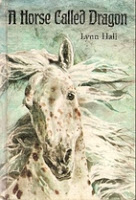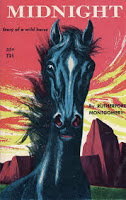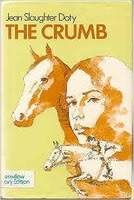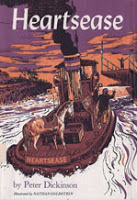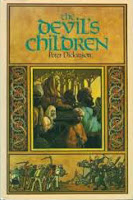by Lynn Hall
Another older horse story, one I\’m sure I must have read as a kid, borrowed from my elementary school library. It\’s a fictional account of a real horse, an Appaloosa mustang from the Sierra Madre mountains in Michoacán. Who was caught and brought into captivity to become a founding sire of the POA breed. This little book tells of his early life, years as a stallion defending his band, modes of survival. His capture and slow adjustment to a new way of life (the mares tamed pretty quickly in this story, which I found amusingly implausible but oh well). For such a short book, it\’s a surprisingly satisfying read. Very well-written. I like how it shows things from the stallion\’s viewpoint- what he would have understood, his reactions and decisions according to various circumstances. There\’s vampire bats in this book too, which feed on the horses at night and sometimes endanger the newborn foals. In that area of Mexico the bats are still a common threat to livestock.
Rating: 3/5 96 pages, 1971
